
José Luis Villareal Villareal, known as “Güicho Pizarro,” is a species in danger of extinction. Being a bullring groundskeeper and an oxherd – even in Guanacaste – isn’t common these days in the era of Uber and pickup trucks, but while Güicho’s oxcart doesn’t go over 10 kilometers per hour, it has years of Liberian history behind its wheels.
In the neighborhood La Carreta, between the cananga trees, a figure appears wearing a worn-out canvass hat and walking patiently while commanding his oxen. In his right hand is a special walking stick made of jaborandi wood, ideal for guiding animals because it’s strong and light, he says.
Güicho often can be seen in the center of Liberia with his oxen, faded blue shirt and weather-beaten chest leathered by the sun. His appearance is a contrast to the city’s modern cars and bright asphalt.
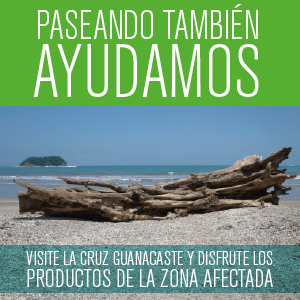
It might be true that he’s not the only oxherd in Liberia (or the last), but he is the most loyal to the tradition. Every day, Güicho awakes at 3 a.m. to fill his oxcart with sand, stone and wood, sometimes even traveling to Liberia’s municipal dump to leave organic disposables like tree branches that the garbage truck has left behind.
Why an oxcart and not a pickup truck? His answer is simple and logical: “The oxcart can go where cars can’t.”
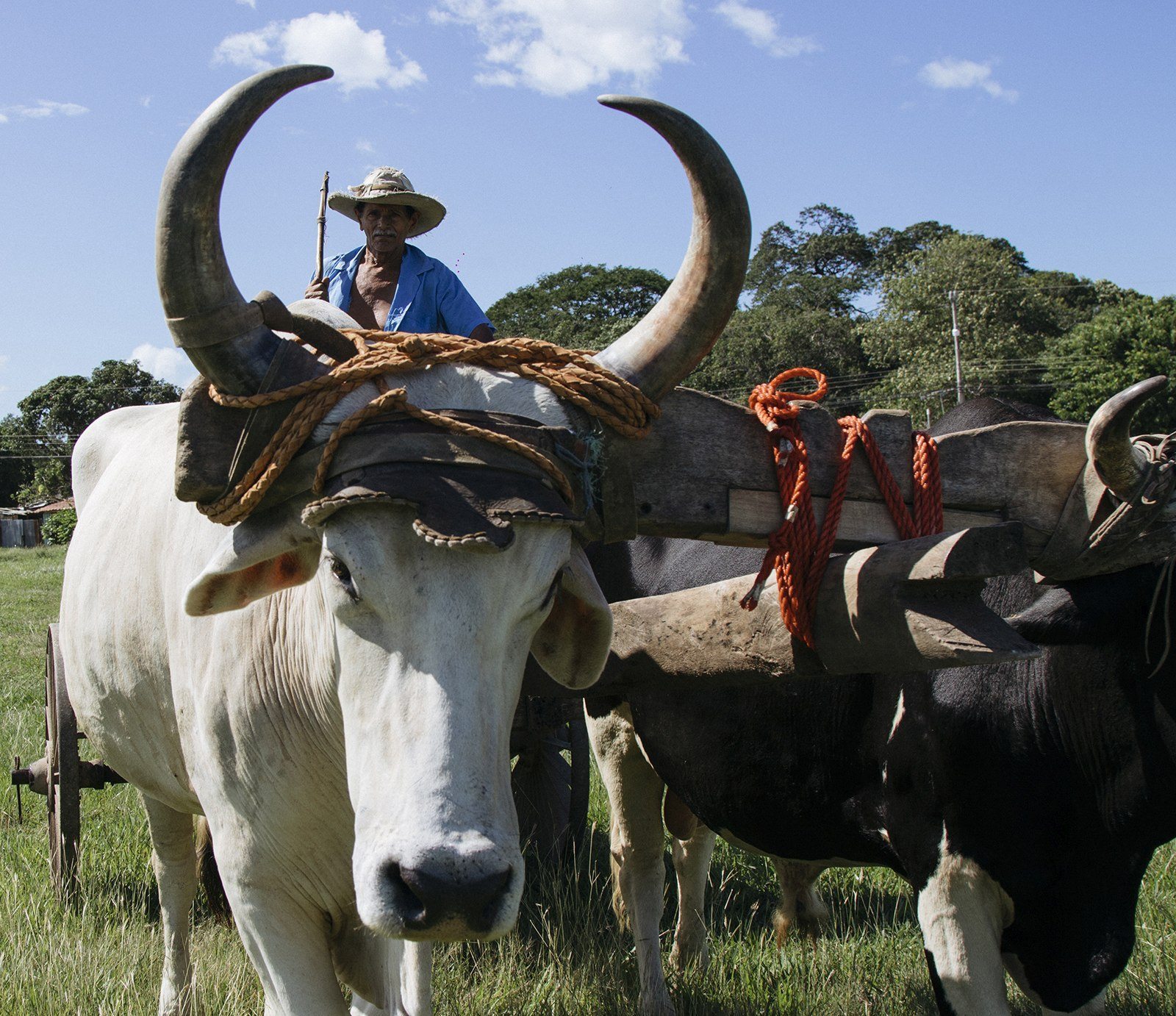
El Solito, one of the oxen, is so enamored with Güicho that he is jealous of the oxherd’s grandchildren.
Güicho will literally leave a load on a customer’s front doorstep or patio if the customer requests it. People pass his home in the Condega neighbor and tell him, for example, how many meters of sand they need and where it can be delivered. The next day, the load is there.
Can you make a living as an oxherd? Pizarro says you can. For a meter of sand he charges ¢10,000, and for rock, ¢14,000. A bundle of wood costs ¢15,000. Thanks to his business, he says, he’s been able to provide rice and beans for his family of five children.
Better an Oxherder Than a Cattleman
As a child, Pizarro, born 68 years ago, dreamed about being a sabanero, or rancher. But in those days in Guanacaste, being a rancher hand was tough.
“Being called a rancher was prestigious and something to be proud of. But it was hard. If the cattle got out, the bosses would punish you,” he says.
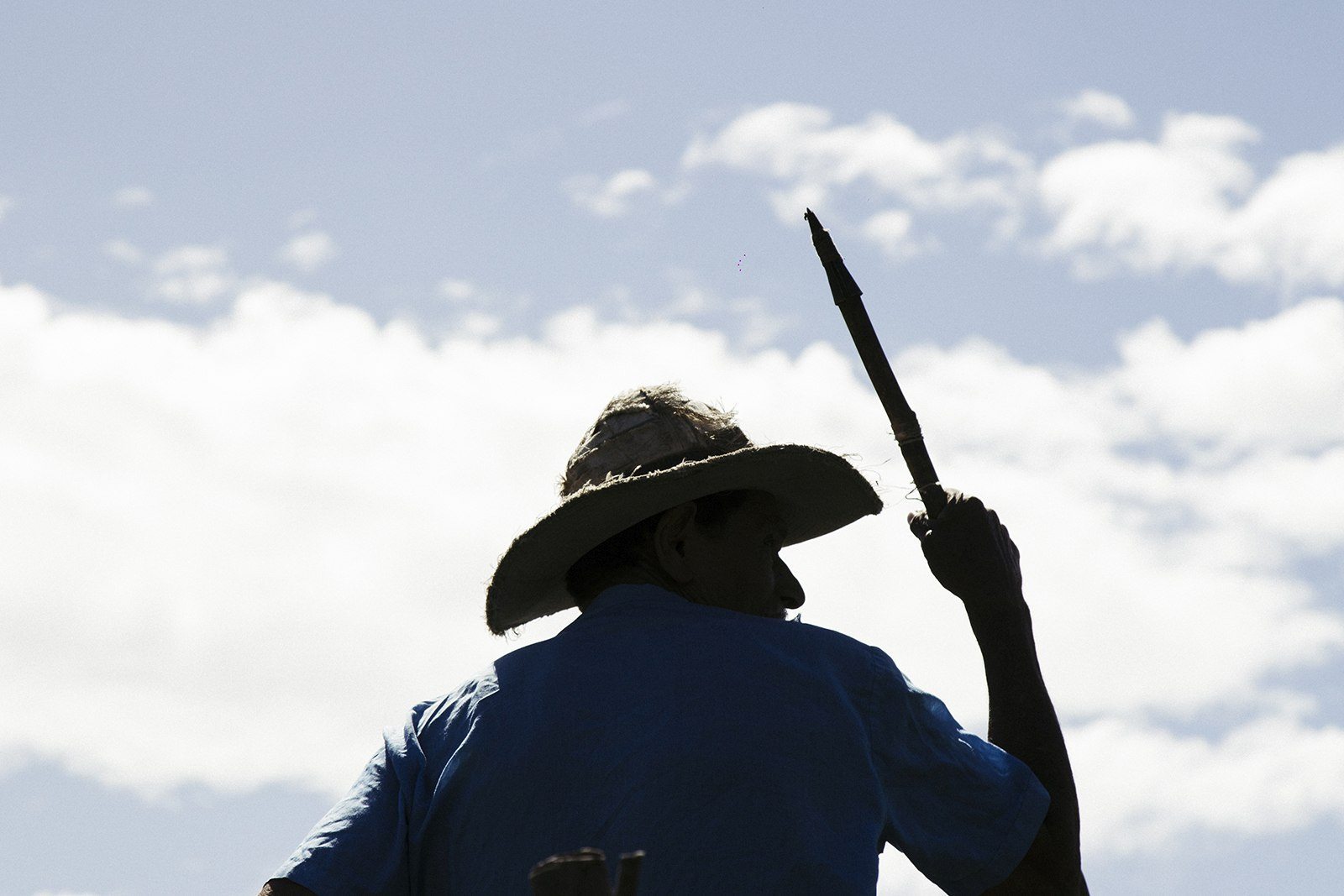
Güicho gives demonstrations in schools to preserve the symbol and culture of the oxherd.
One punishment was tying the ranch hand trainee to a dead vulture at the top of a tree and leaving him there all day with the decomposing bird.
Pizarro says he never had the pleasure of that experience, but some of his friends did. So he decided to become an oxherder, which he had learned as a kid because his father, Teodoro Pizarro, would always take him in the family oxcart to the river to fetch sand.
If his father hadn’t insisted Güicho work with him instead of going to high school, his life might be different today.
“I was good at math – so good that my sixth-grade teacher, Manuel Córdoba, enrolled me in the Agriculture High School, but my father wouldn’t let me go.”
Frightened By the Monkey Lady and the White-Haired Woman
Since then, Güicho Pizarro has lived many stories with his yoke of oxen and has plenty of anecdotes.
He remembers the time the monkey lady of Costa Rican legend laughed at him through the branches of a tree, scaring his animals.
“Once at daybreak, the monkey lady laughed at me, shaking the tree branches at me. She shouted at me, whistled at me. I couldn’t see her but that rascal really scared my oxen,” he said.
Another fright happened when he was 30 and on his way to Bebedero de Cañas. It was almost dawn, and as passed a place called La Enagua Negra (“The Black Skirt”), he suddenly got goose bumps. He spun around to see a white-haired woman sitting in his oxcart.
“When I saw that woman there in the back of the oxcart, I scared the oxen so they’d get out of there fast. I turned back around and she was gone. It was incredibly frightening,” he recalls.
His Legacy: The Liberian Oxcart
Pizarro believes his greatest legacy are his three oxcarts. One has wooden wheels, Guanacaste-style. Another is more modern, with rubber-coated wheels. His favorite, the “Liberian Oxcart,” has iron wheels, or “lightning bolts,” as he calls them.
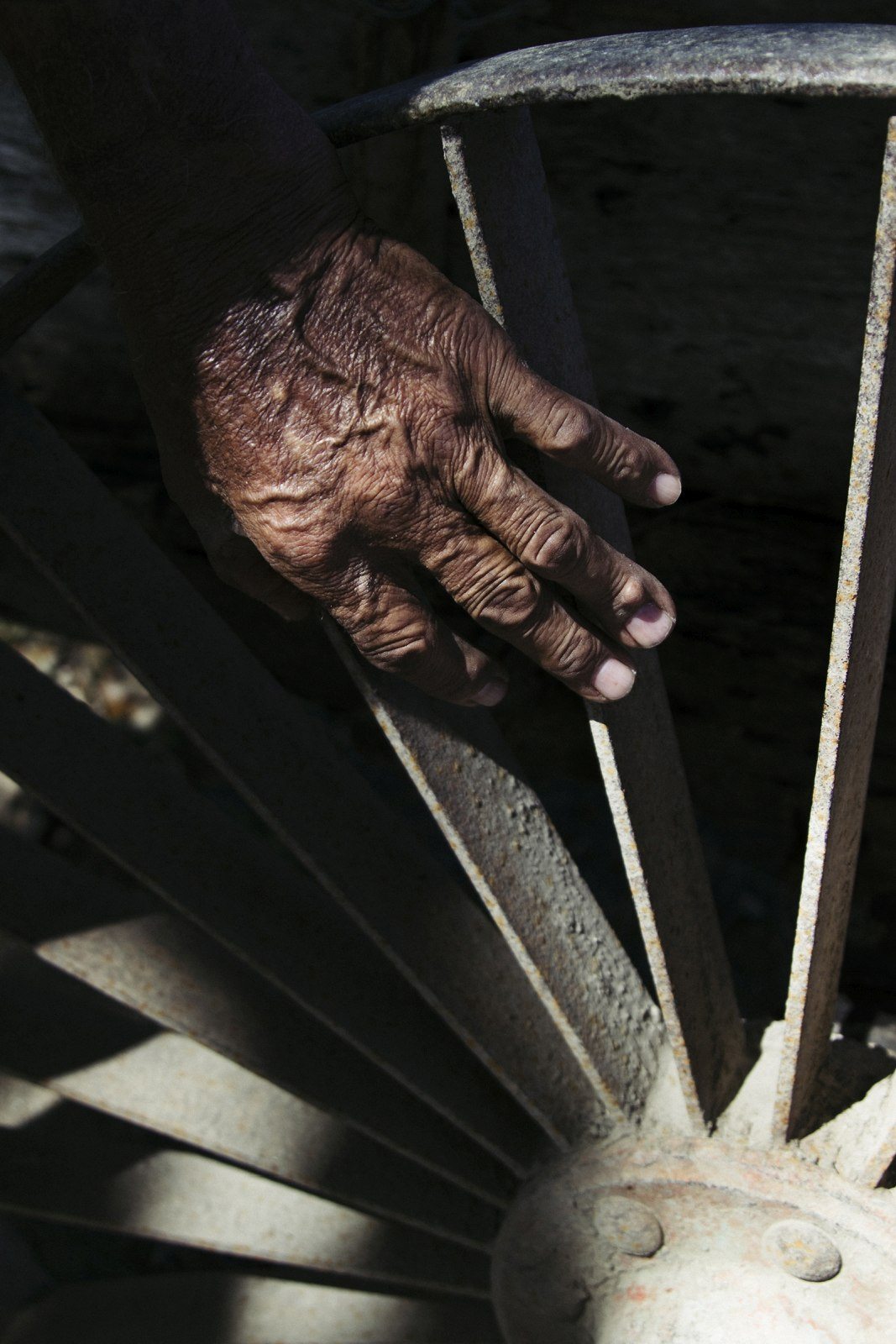
Güicho is proud that his oxcart still has iron wheels.
He made it himself with laurel wood, and it cost him ¢100,000 about 40 years ago. Having rolled along for so many years, he decided to name it the Liberian Oxcart because it’s traveled on every street in Liberia.
It’s also the oxcart he brings to special events like festivals honoring oxherds.
He has stories from those events, too. The one he remembers most happened in 1994, when he participated in his first festival in San José.
“I was unloading the yoke from the truck and I saw all those other oxcarts nicely painted and neat, and the oxherds were wearing these nice long-sleeved shirts. I felt like a dog in a sack,” he said.
Nevertheless, organizers of the event awarded him first place because he was the only one who represented the true oxherd.
“I think they recognized the love that I have for this,” he said.
In December 2015, Güicho was named marshal of the White Christmas festival along with his friend Rafael Zúñiga, aka “Parrot Skin.”
“You think you’re the last Liberian oxherd?” I asked him.
“I think so,” he answers confidently.
Adds Güicho: “Being an oxherd requires a lot of patience and love for the oxen. These days, no one bothers getting up on the oxcart.”


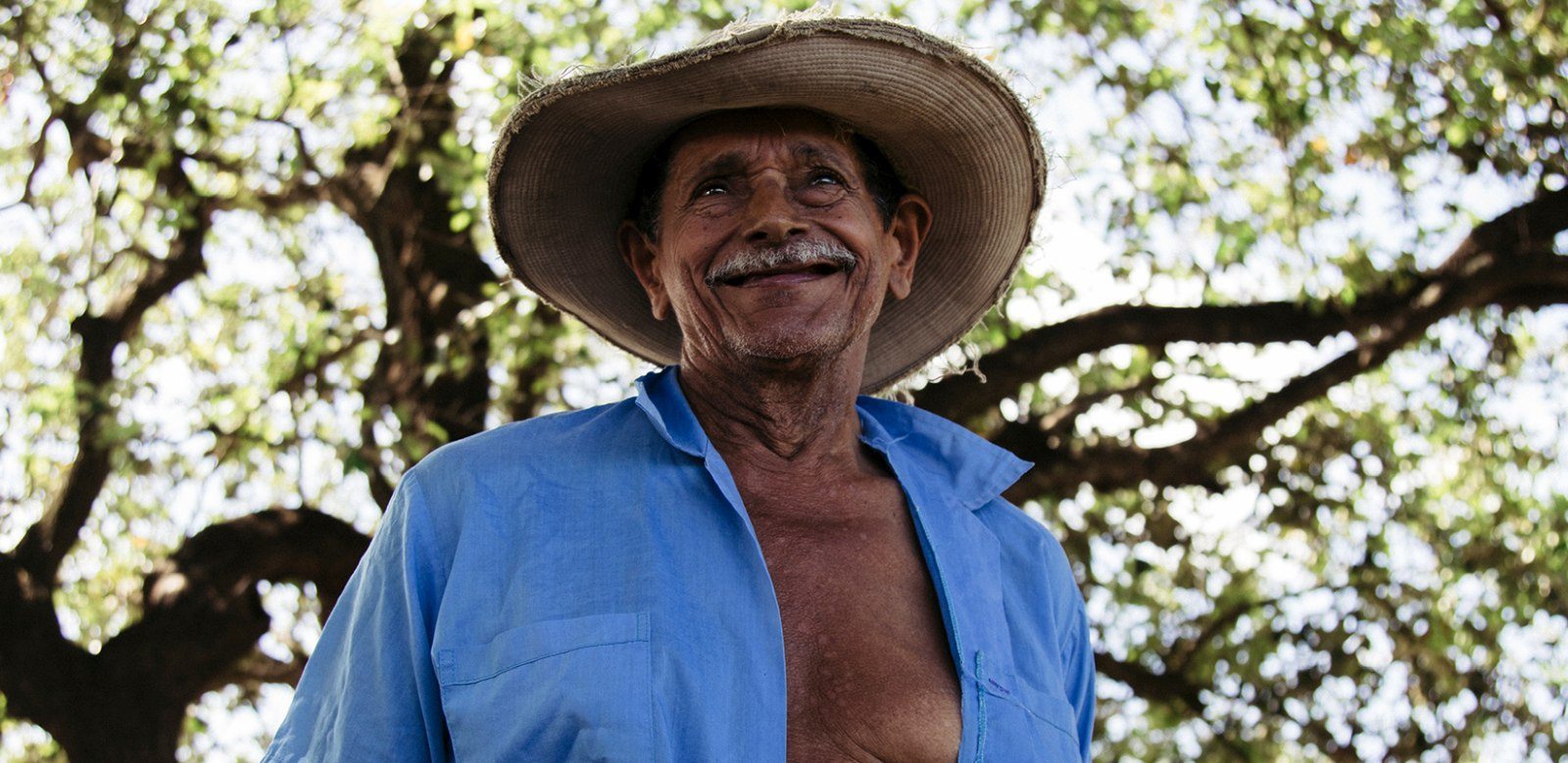
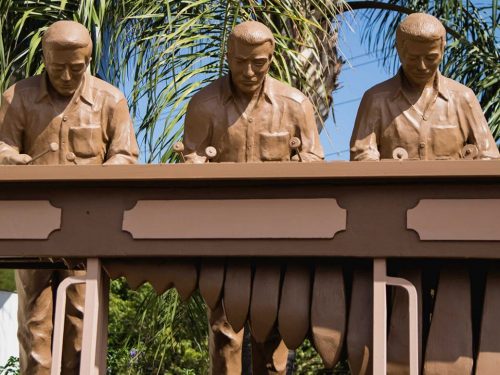
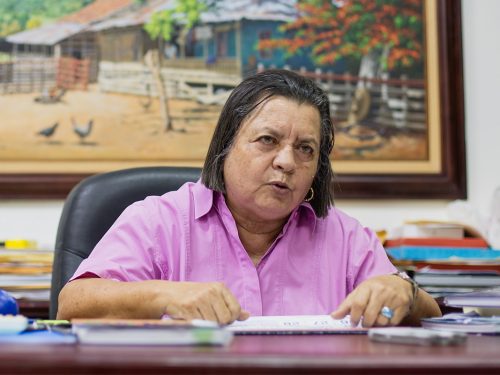
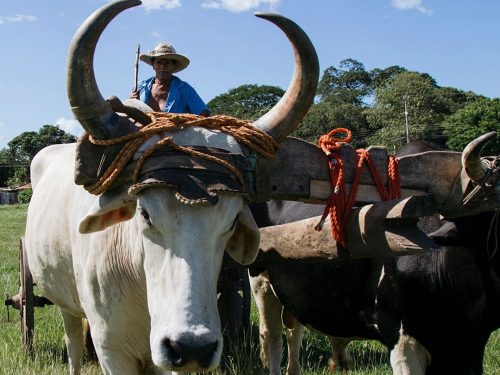

Comments